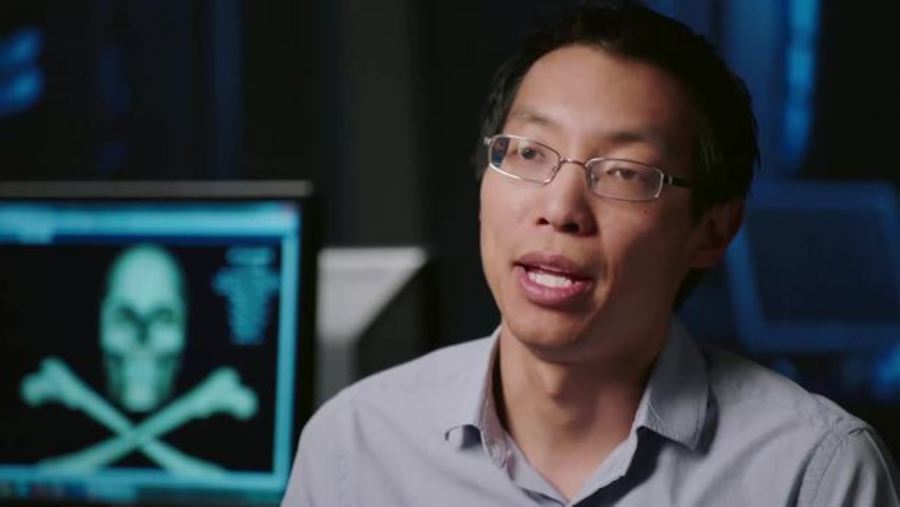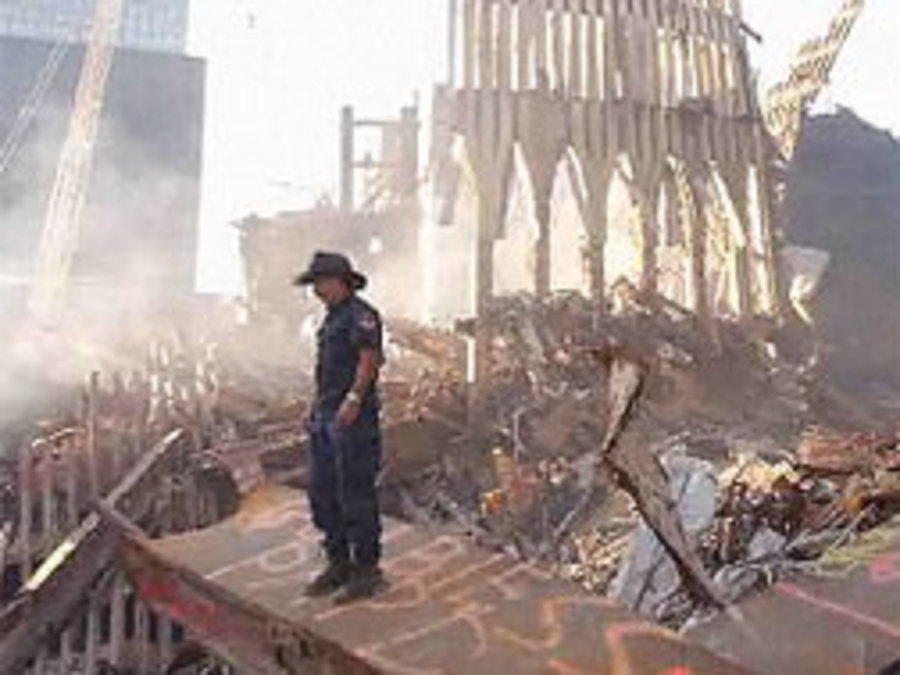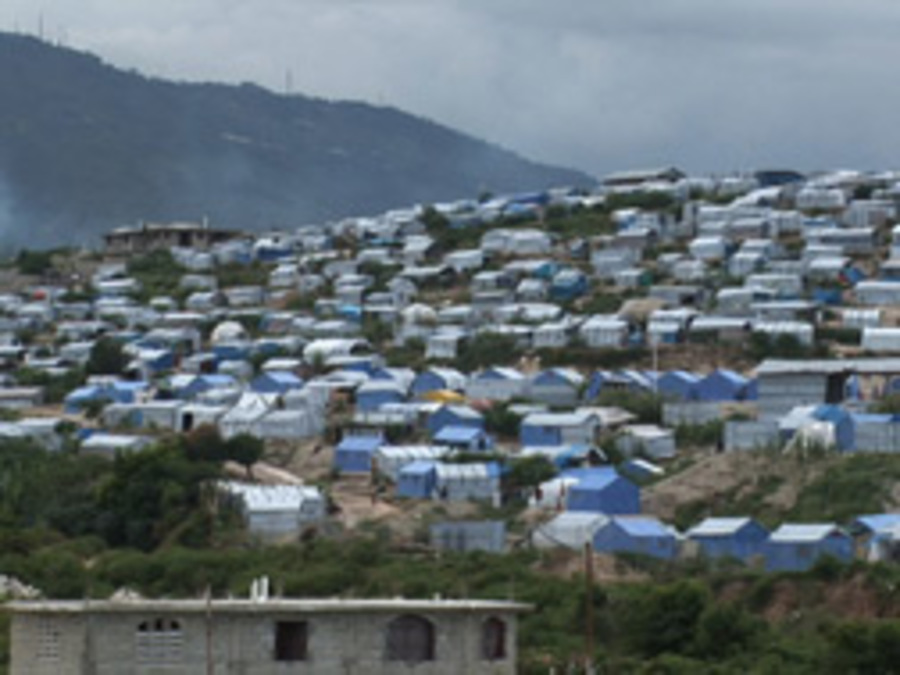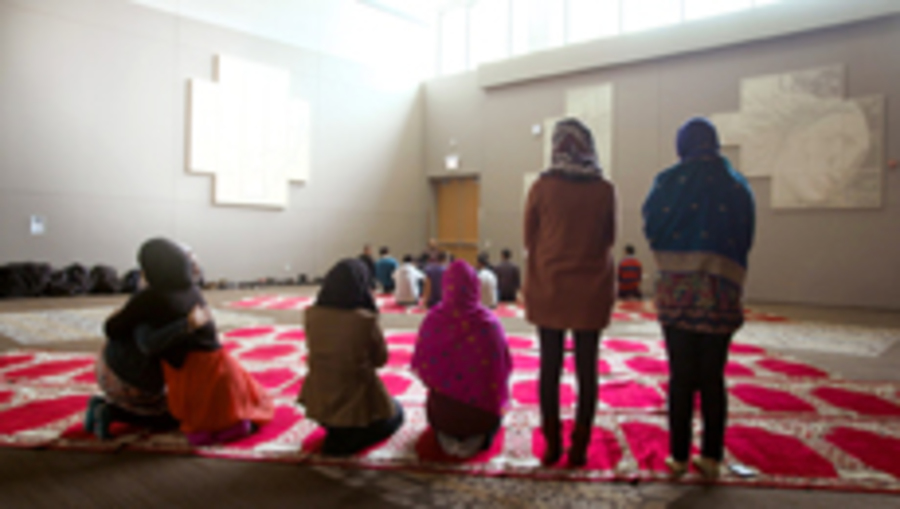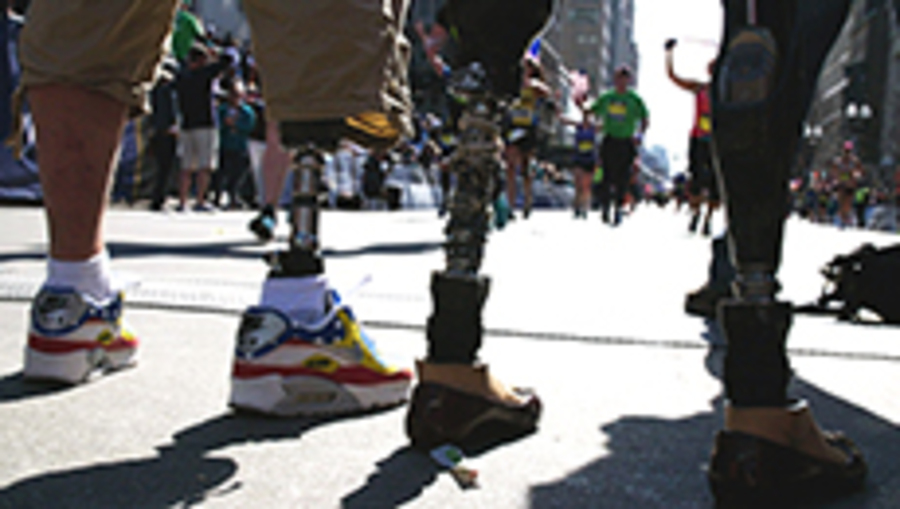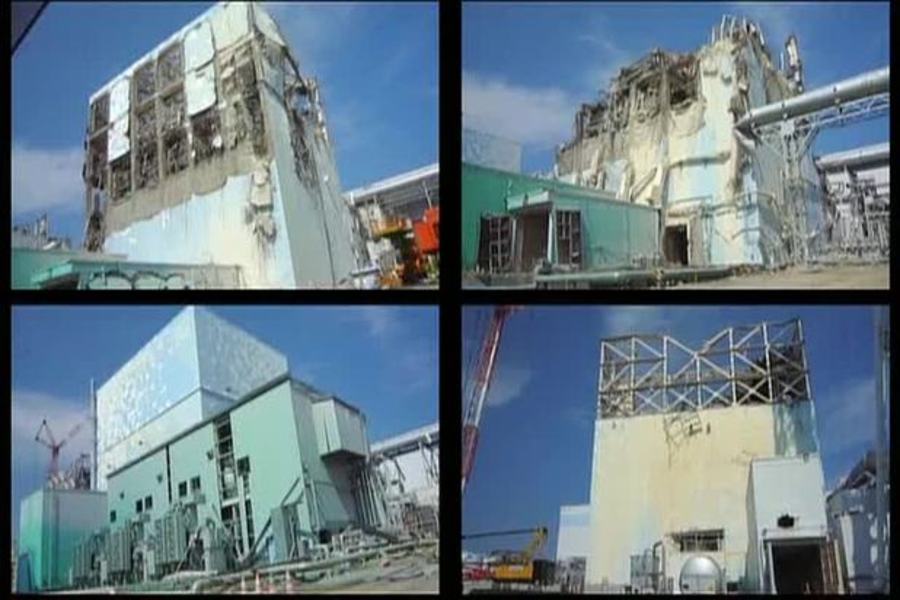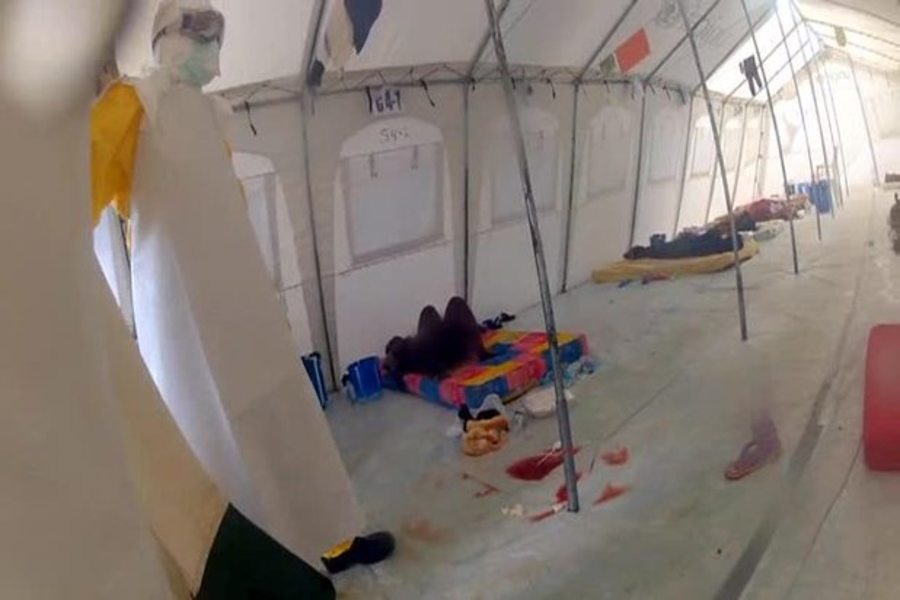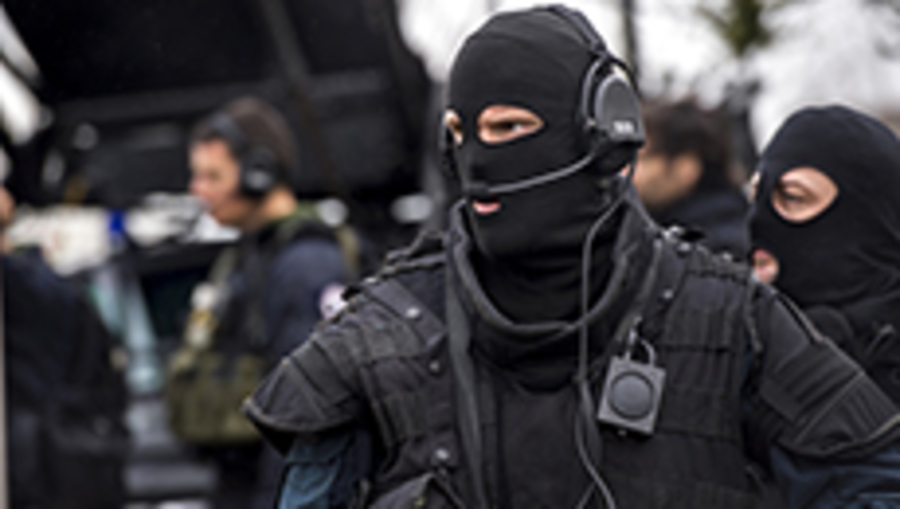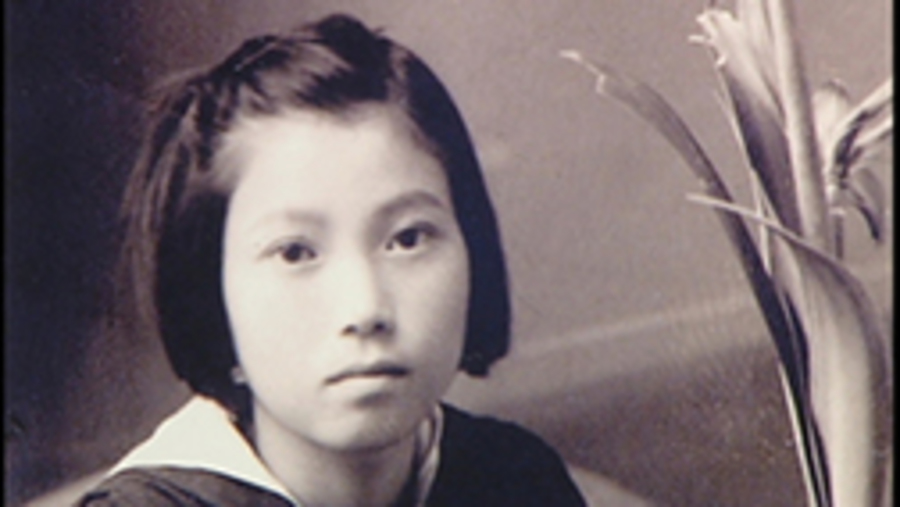 Try these videos to get started. Must be on campus or login with your COM account for off campus access.
Try these videos to get started. Must be on campus or login with your COM account for off campus access.
Want more on finding media? Try Articles & Media.
-
Cyberwar Threat (53:20)
Thanks in part to the documents released by Edward Snowden, the true scale of the National Security Agency's scope and power is coming to light. Besides spending billions to ingest and analyze the worlds' electronic communications, the NSA has set out to dominate a new battlefield - cyberspace. NOVA examines the science and technology behind cyber warfare and asks if we are already in the midst of a deadly new arms race. Distributed by PBS Distribution.
-
-
Emergency Management Planning (23:02)
ass casualty emergencies can take many forms, from natural disasters to terrorist attacks. These events affect entire communities and bring about a surge of victims, overwhelming the capacities of first responders (police, fire, and EMS) and hospital first receivers. This program addresses the main components of the JCAHO mandate requiring all hospitals to implement emergency management planning. After viewing the program, learners should be able to outline the major steps of the Joint Commission mandate; describe the principal types of mass casualty events; understand basic procedures of emergency drills; list the areas of a hospital that must have emergency power backup; and more.
-
Haiti: Where Did the Money Go? (51:16)
After a 7.0 earthquake brutalized Haiti in January of 2010, Americans donated a stunning $1.4 billion to major charities. Ten months later, filmmaker Michele Mitchell went to the Caribbean nation to observe and record conditions there, with a follow-up trip ten months after that. She and her production team found that half a million people still lived in squalid camps or worse settings, with malnutrition and cholera on the rise. The resulting documentary asks several pivotal questions: Where exactly did the donations go? Why are so many still suffering? Are they victims of not just the earthquake but also the big business of emergency aid? Through visits to dysfunctional and poorly funded camps, as well as interviews with Red Cross authorities, Catholic Relief Services officials, health experts, human rights activists, and others, viewers learn about how disaster relief really works and why it often doesn’t. The film lets Haitians tell their own stories, too, from weary aid workers to parents agonizing over how to protect their children. But this story isn’t just about Haiti—tragically, it’s about what happens in crisis zones around the world when good intentions, bad organization, and inscrutable greed combine. Winner of the Radio Television Digital News Association's 2013 Edward R. Murrow Award (News Documentary). Contains disturbing imagery and mature themes.
-
HBO Homegrown: The Counter-Terror Dilemma (1:29:08)
A timely exploration of one of today’s most divisive and pressing issues—the threat posed by homegrown Islamic extremism and the challenges of detecting and countering it. Directed by Emmy® award-winner Greg Barker (HBO’s Manhunt: The Search for Bin Laden), Homegrown: The Counter-Terror Dilemma is a gripping, insider’s account of the homegrown terrorist threat in America, told from the perspectives of those who helped construct America’s counterterrorism machine—as well as those who are its targets. An HBO Production.
-
-
Marathon: The Patriots' Day Bombing (1:47:14)
irected by the Emmy®-nominated team of Ricki Stern and Annie Sundberg, and produced in association with The Boston Globe, this feature documentary revisits the April 15, 2013 bombings at the Boston Marathon through the prism of individuals whose lives were forever changed by the attacks. The film covers the events of Marathon Day 2013, through the sentencing of Dzhokhar Tsarnaev two years later and concludes on Marathon Day 2016. Built on a wealth of exclusive footage from this three-year period—much of it never seen before—the film features surveillance footage, home movies and photos, as well as on-going, behind-the-scenes material from several survivors and their families gathered by reporters and photographers from The Boston Globe, which won a Pulitzer Prize for its coverage of the bombing. Also included are news clips and interviews with first responders, FBI investigators, government officials and law-enforcement officers. In the wake of a heinous act of terrorism, we witness a newlywed couple, a mother and daughter, and two brothers—all gravely injured by the blast—facing the enormous challenges of physical and emotional recovery as they and their families strive to reclaim their lives and community.
-
Nuclear Meltdown Disaster (53:56)
NOVA reveals the minute-by-minute story of the Fukushima nuclear crisis-the one you know about...and the one you likely don't. With unprecedented access inside both Fukushima nuclear power plants, NOVA speaks with workers who were there during the harrowing crisis that began as a natural a disaster but was made worse by human beings. But why did the worst happen at one plant-and another that faced nearly identical challenges emerged unscathed? It may come down to the skill and knowledge of one man, who has worked there since they started construction. These are crucial questions as the company that runs both plants, TEPCO, tries to clean up an unprecedented radioactive mess and seeks to reopen the plant that was just barely saved. Distributed by PBS Distribution.
-
Outbreak (56:07)
Why wasn't the Ebola outbreak stopped? When the largest Ebola outbreak on record began to devastate West Africa, why did it take so long for the world to respond? This film tells the vivid, inside story of how and why the Ebola outbreak in West Africa wasn't stopped before it was too late, drawing on revelatory and candid admissions of failure from key government and public health officials, including the President of Liberia, the Director of the Centers for Disease Control and Prevention, and multiple top World Health Organization officials. From the jungles of Guinea to the slums of Monrovia, Outbreak exposes tragic missteps in the response to the epidemic. Award-winning journalist Dan Edge (The Wounded Platoon) and his team spent four months in West Africa tracing Ebola's path, interweaving material filmed inside the Ebola zone with the timeline of the world's response to lay out the turning points of how this tragedy might have been avoided. Outbreak raises questions about whether governments and global health organizations have the capacity to respond at the right scale the next time the world faces a major infectious epidemic. Distributed by PBS Distribution.
-
Three Days of Terror: The Charlie Hebdo Attacks (59:14)
Directed by Emmy®-nominated filmmaker Dan Reed (HBO’s Terror at the Mall), this 60-minute documentary is a searing account of the horrific events that began on January 7, 2015, when two brothers—members of Islamic terrorist group Al-Qaeda’s branch in Yemen—stormed into the Paris offices of the satiric weekly newspaper Charlie Hebdo, killing 11 people and injuring 11 others before also killing a French police officer outside. As a massive manhunt for the elusive killers was mounted, an additional five people were murdered and 11 wounded in related attacks in the Ile-de-France region over the next two days, including a harrowing stand-off between police and a gunman at a kosher supermarket near the Porte de Vincennes. Using carefully edited footage from security cameras and cellphones (much of it never before seen), photos taken over the three days, and testimony from survivors and rescuers who are depicted in the images, Three Days of Terror recalls the horror of the attacks, as well as the courage and resilience of police and Parisian citizens in the face of mass murder.
-
-
White Light, Black Rain: The Destruction of Hiroshima and Nagasaki (1:25:42)
In an era of dirty bombs and nuke-hungry rogue nations, images of the horror visited upon Japanese cities at the end of World War II serve as reminders of humanity’s ongoing gamble. This program presents numerous eyewitness accounts from the Hiroshima and Nagasaki attacks, creating an on-the-ground picture of the world’s first—and hopefully last—instance of nuclear warfare. Interviewees include Kiyoko Imori, the only survivor from her obliterated elementary school, and Sakue Shimohira, who recalls choosing at age ten between “the courage to die and the courage to live.” U.S. servicemen who carried out the bombing missions, such as Enola Gay navigator Theodore Van Kirk and weapons test officer Morris Jeppson, are also featured. An HBO Production.
![]() Try these videos to get started. Must be on campus or login with your COM account for off campus access.
Try these videos to get started. Must be on campus or login with your COM account for off campus access.